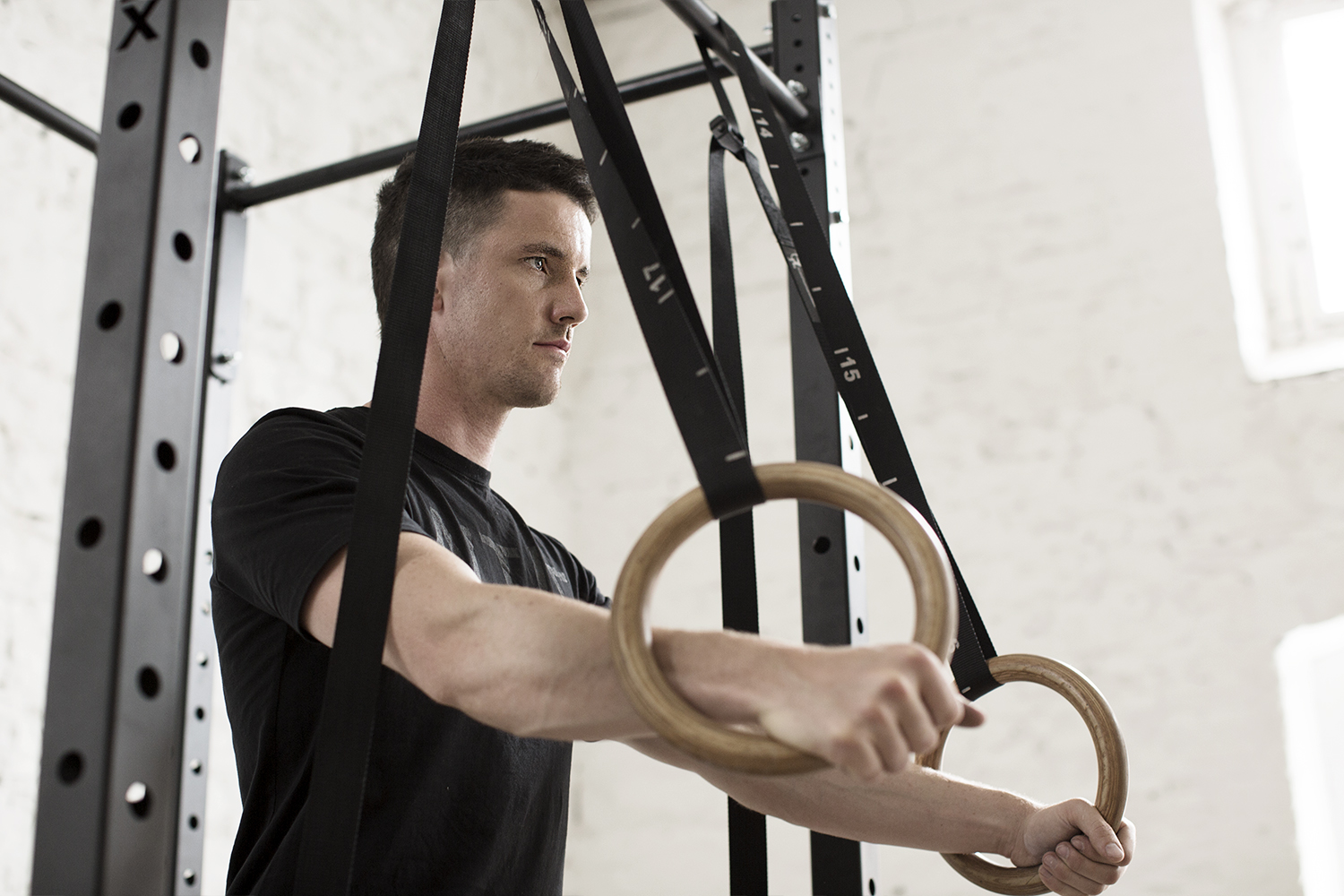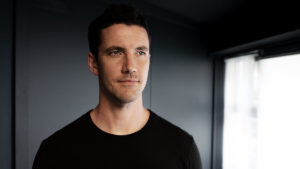If training at a commercial gym is getting to you, because of the time, crowds, cost or travel involved, and particularly if you feel this is limiting the number of workouts that you do, then it may be worth considering a home gym.
A few things to consider first…
Space
By this I mean both the physical space you have available, and the time you need to dedicate to yourself to train. The set up I recommend ideally takes a minimum of 9m2, though you can stick with the more compact pieces of kit if need be.
Mindset
Some people train very well alone, whereas others want the bustle or external motivation of classes or a large gym. If you are happy to follow your own program and feel confident in your ability to train, or to learn how to, then it’s a good option.
Cost
A lot of people fall victim to trends or over-complicated fitness equipment or expensive cardio machines. I particularly want you to avoid that one, and recommend starting with the basics, which I’ll run through below. Keep in mind that a home gym can evolve over time, and that it’s often possible to pick up second hand equipment.
Getting started
When I train myself, or with clients, I emphasize exercises using free weights and a variety of movement patterns – large, compound movements using as many muscle groups as possible. I incorporate strength training while also working on flexibility and core stabilisation. If you want to set up a home gym, I recommend taking the same approach.
So, what tools do you need to do this? To get started I’d recommend you invest in the following 7 essentials:
1.
Adjustable Dumbbells from 2.5kg – 50kg in 1.25kg increments
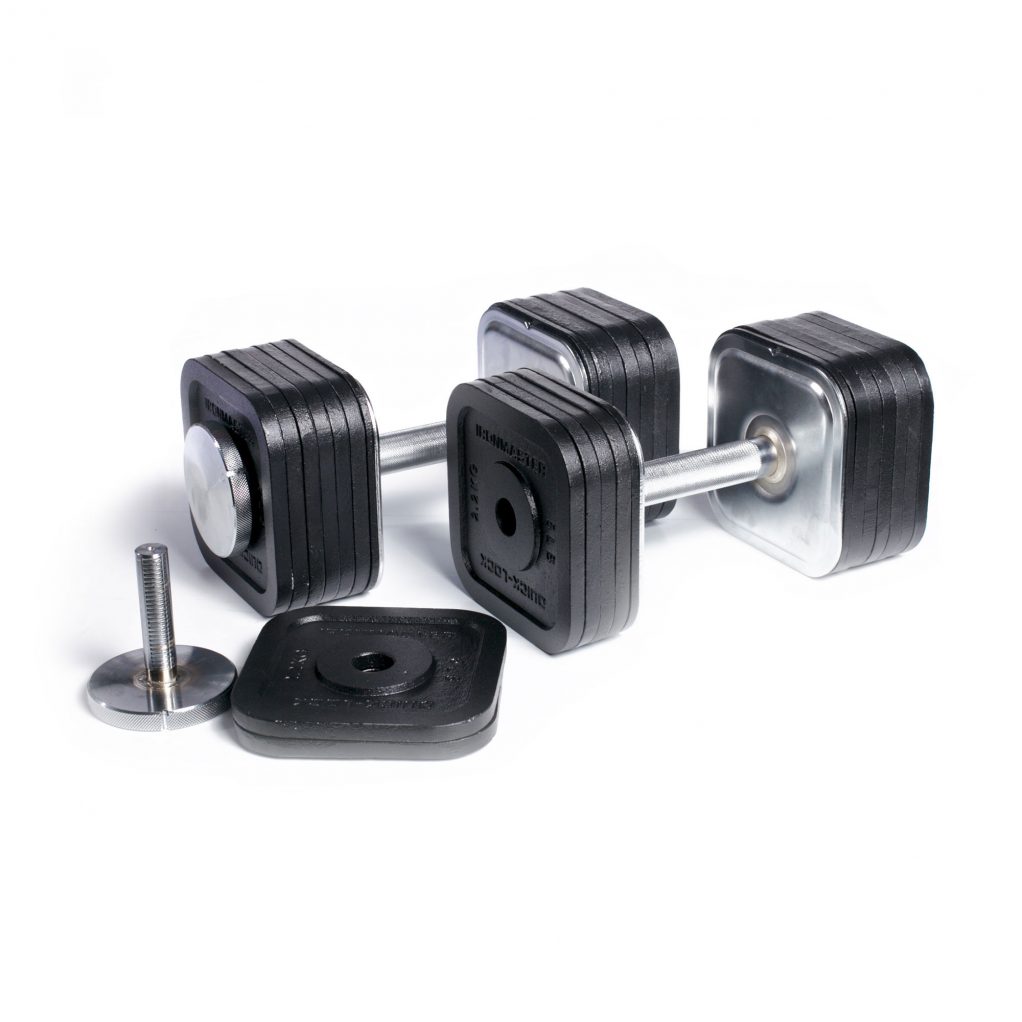 While any set of good quality dumbbells will work, this type takes up less space – they consist of one bar, with a set of removable plates that lock into place. This allows you to adjust your training intensity without having to have a large set of separate dumbbells. The exercises you can do with dumbbells are almost endless so they justify their purchase immediately.
While any set of good quality dumbbells will work, this type takes up less space – they consist of one bar, with a set of removable plates that lock into place. This allows you to adjust your training intensity without having to have a large set of separate dumbbells. The exercises you can do with dumbbells are almost endless so they justify their purchase immediately.2.
Adjustable Bench
 A bench is one of the most versatile pieces of equipment you can get. I recommend an adjustable bench over a flat bench, so you can use it for incline bench press, incline chest supported rows and can add further variety to workouts. A commercial grade bench, rather than a home one, will be more sturdy and durable.
A bench is one of the most versatile pieces of equipment you can get. I recommend an adjustable bench over a flat bench, so you can use it for incline bench press, incline chest supported rows and can add further variety to workouts. A commercial grade bench, rather than a home one, will be more sturdy and durable.3.
Rubber Matting 3m x 3m
 The purpose of matting is mainly to protect your floor (and yourself!) when you’re doing floor exercises, or placing weights onto the ground. Despite what you might see online, slamming your weights doesn’t make you bigger, and I always, always stress safety above all else when training. For that reason, I recommend controlled, conscious movement. All that being said, some simple matting will protect floors, absorb noise, and make any exercises off the ground a lot more comfortable.
The purpose of matting is mainly to protect your floor (and yourself!) when you’re doing floor exercises, or placing weights onto the ground. Despite what you might see online, slamming your weights doesn’t make you bigger, and I always, always stress safety above all else when training. For that reason, I recommend controlled, conscious movement. All that being said, some simple matting will protect floors, absorb noise, and make any exercises off the ground a lot more comfortable.4.
20kg Olympic Barbell
 This is one of the most important pieces of equipment you can get. There are two types of barbells – standard and Olympic. Standard bars are about 1 inch thick and begin to bend at about 90kg. Olympic bars are usually 7 feet long, are thicker, and are made for heavy lifting.
This is one of the most important pieces of equipment you can get. There are two types of barbells – standard and Olympic. Standard bars are about 1 inch thick and begin to bend at about 90kg. Olympic bars are usually 7 feet long, are thicker, and are made for heavy lifting.
An Olympic barbell weighs 20kg without any plates on it, so it’s already a useful weight in and of itself. It’s a basic requirement for some of the best and more powerful exercises, such as deadlifts, squats and presses. Barbells, like other free weights, are much better than the machines at the gym because of the stabilization and coordination aspects they bring to your workouts – you use more muscle groups as you balance and lift. Look for a sturdy, good quality bar, and if possible, check out the one you’re buying in store to make sure the diameter of the bar is comfortable in your hand.
5.
140kg Olympic plates
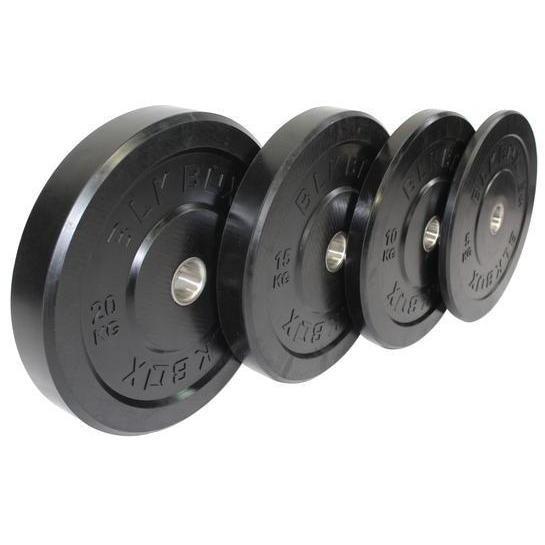
4 x 20kg
2 x 15kg
2 x 10kg
2 x 5kg
6.
Fractional Plate Set
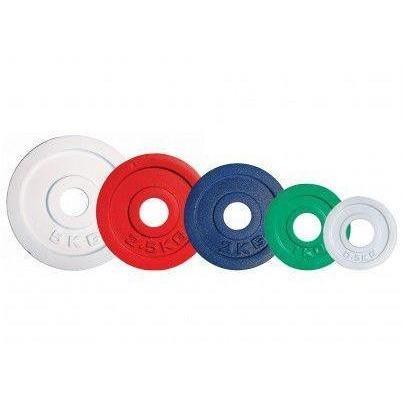
2 x 2.5kg
2 x 1.25kg
2 x .5kg
7.
Full Rack / Half Rack with safety supports
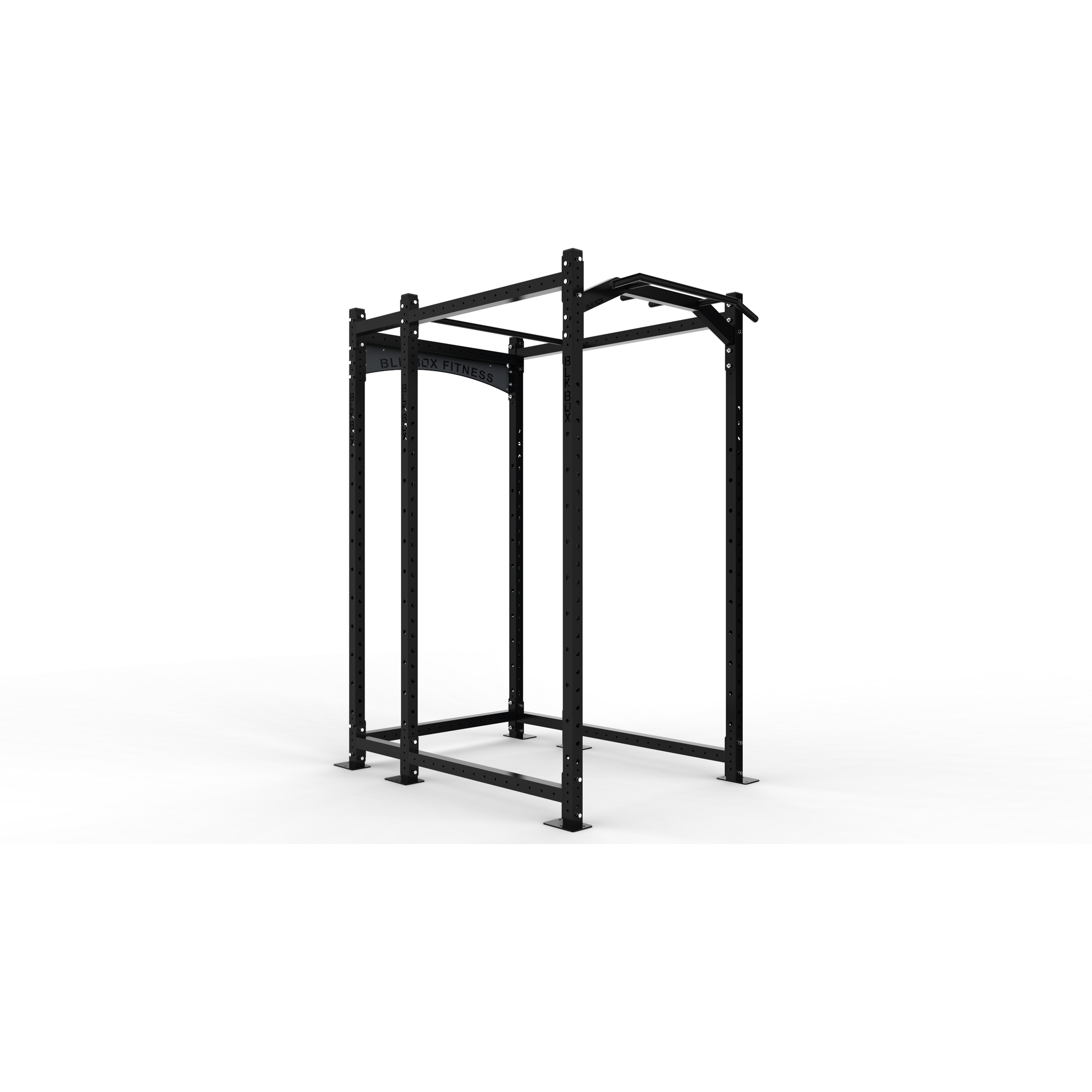 This is a bit of an investment in terms of space, and cost, but if you’re following a Strength & Mobility training program you’ll use it in just about every workout you ever do. You can’t lift heavy weights safely without a rack. You can bench press, squat, military press, and even deadlift in it if you’re short on space.
This is a bit of an investment in terms of space, and cost, but if you’re following a Strength & Mobility training program you’ll use it in just about every workout you ever do. You can’t lift heavy weights safely without a rack. You can bench press, squat, military press, and even deadlift in it if you’re short on space.Not all are equal – I recommend looking out for the following:
- Solid, good quality design
- Tall enough for overhead pressing and for grabbing the chinup bar just at arms length
- Safety arms that can be raised and lowered – if you are training by yourself, you want the security of safety arms which will catch the bar if you miss a lift.
- You may think that if space is an issue you can bypass a rack, but without one, heavier leg, chest and shoulder workouts become almost impossible. There is also the safety element to consider as again, most of the time you will be training alone so will want the reassurance of being able to rack the bar easily.
- From here up, you have a pretty complete set of kit. The following are additional items that will add to your training, and can be used in multiple ways.
Some extras:
Pulley System
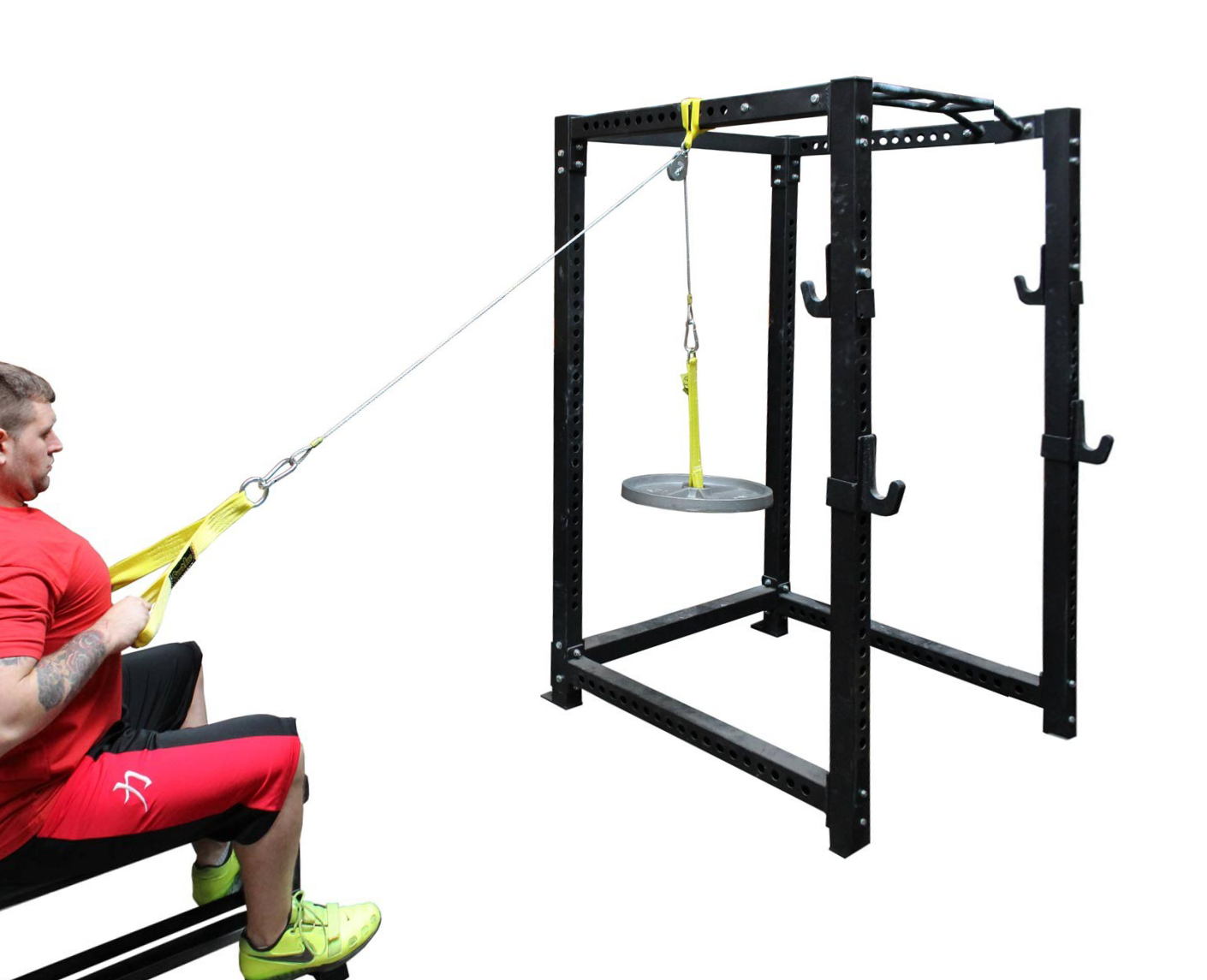 This works as an attachment to a rack, and consists of a pulley system that you can load with plates and use for pulldowns, pushdowns, rows, curls and more.
This works as an attachment to a rack, and consists of a pulley system that you can load with plates and use for pulldowns, pushdowns, rows, curls and more.Gym Rings
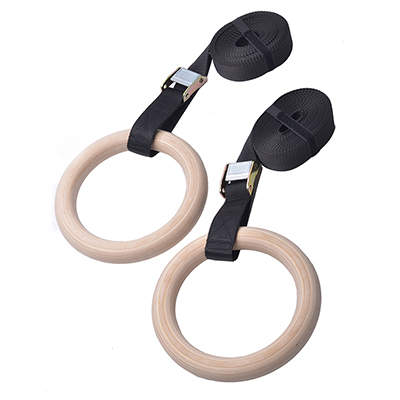 Gym rings are a simple and inexpensive addition to your kit – they attach to the rack and can be used for dips, levers, pull-ups, push ups, ring rows and many more exercises. They are available in a range of materials – it really depends on your preference. If you opt for wooden gym rings, make sure to store them inside and keep them dry.
Gym rings are a simple and inexpensive addition to your kit – they attach to the rack and can be used for dips, levers, pull-ups, push ups, ring rows and many more exercises. They are available in a range of materials – it really depends on your preference. If you opt for wooden gym rings, make sure to store them inside and keep them dry.Dip Attachment
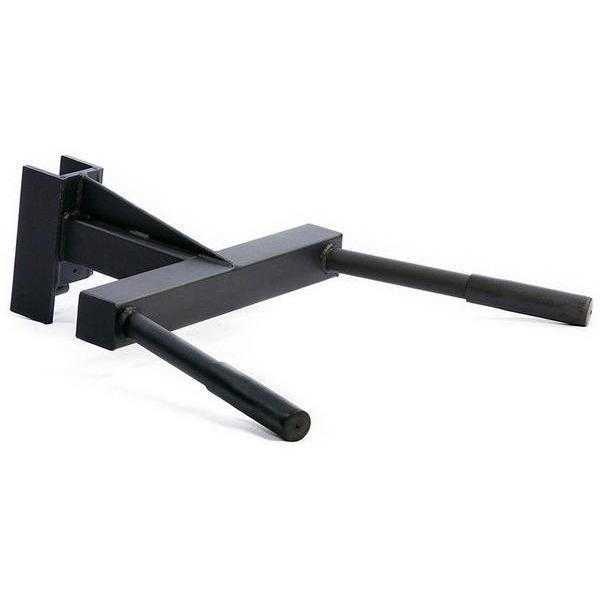 This is an attachment to the rack that allows you to do dip exercises, focussed on developing shoulder and arm strength. The attachment allows you to perform a range of dip exercises including assisted dips, chin ups, push ups and tri dips.
This is an attachment to the rack that allows you to do dip exercises, focussed on developing shoulder and arm strength. The attachment allows you to perform a range of dip exercises including assisted dips, chin ups, push ups and tri dips.Landmine attachment
 A landmine allows you to lock a standard Olympic barbell into a multi-directional pivot point holder. The full 360° swivel ability makes it ideal for use in tight workout quarters. This turns the barbell which are traditionally bi lateral exercises into uni lateral exercises where you can train in more plains of movement and use single limbs at a time. You can do a wide range of exercises such as landmine presses, rows and cleans.
A landmine allows you to lock a standard Olympic barbell into a multi-directional pivot point holder. The full 360° swivel ability makes it ideal for use in tight workout quarters. This turns the barbell which are traditionally bi lateral exercises into uni lateral exercises where you can train in more plains of movement and use single limbs at a time. You can do a wide range of exercises such as landmine presses, rows and cleans.Hex Bar
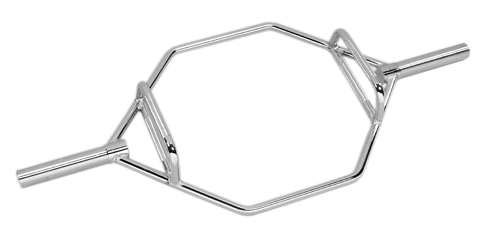 A hex bar (also known as a trap bar) gets its name from its hexagonal shape. This unique design allows you to position yourself in the middle of the bar’s center of gravity for deadlift exercises. You stand inside the bar and grip the handles laterally – a more natural grip position. This makes it an especially good piece of kit when you are starting out, or recovering from injury, as the load is inline with your body, and so balance and form are less challenging.
A hex bar (also known as a trap bar) gets its name from its hexagonal shape. This unique design allows you to position yourself in the middle of the bar’s center of gravity for deadlift exercises. You stand inside the bar and grip the handles laterally – a more natural grip position. This makes it an especially good piece of kit when you are starting out, or recovering from injury, as the load is inline with your body, and so balance and form are less challenging.And finally…
Get the right program. As you can see, the set up described above is simple – there is no motorised machinery or trend-driven new developments – just tried and tested basics that will give you results. I always stress safety above all else, and this is particularly true when training alone. I’d advise you to seek some expert advice before trying any new exercises, or even just to brush up on those you’re familiar with. My YouTube channel features free expert demos of all the exercises mentioned above, or you can drop me a message with any questions.


